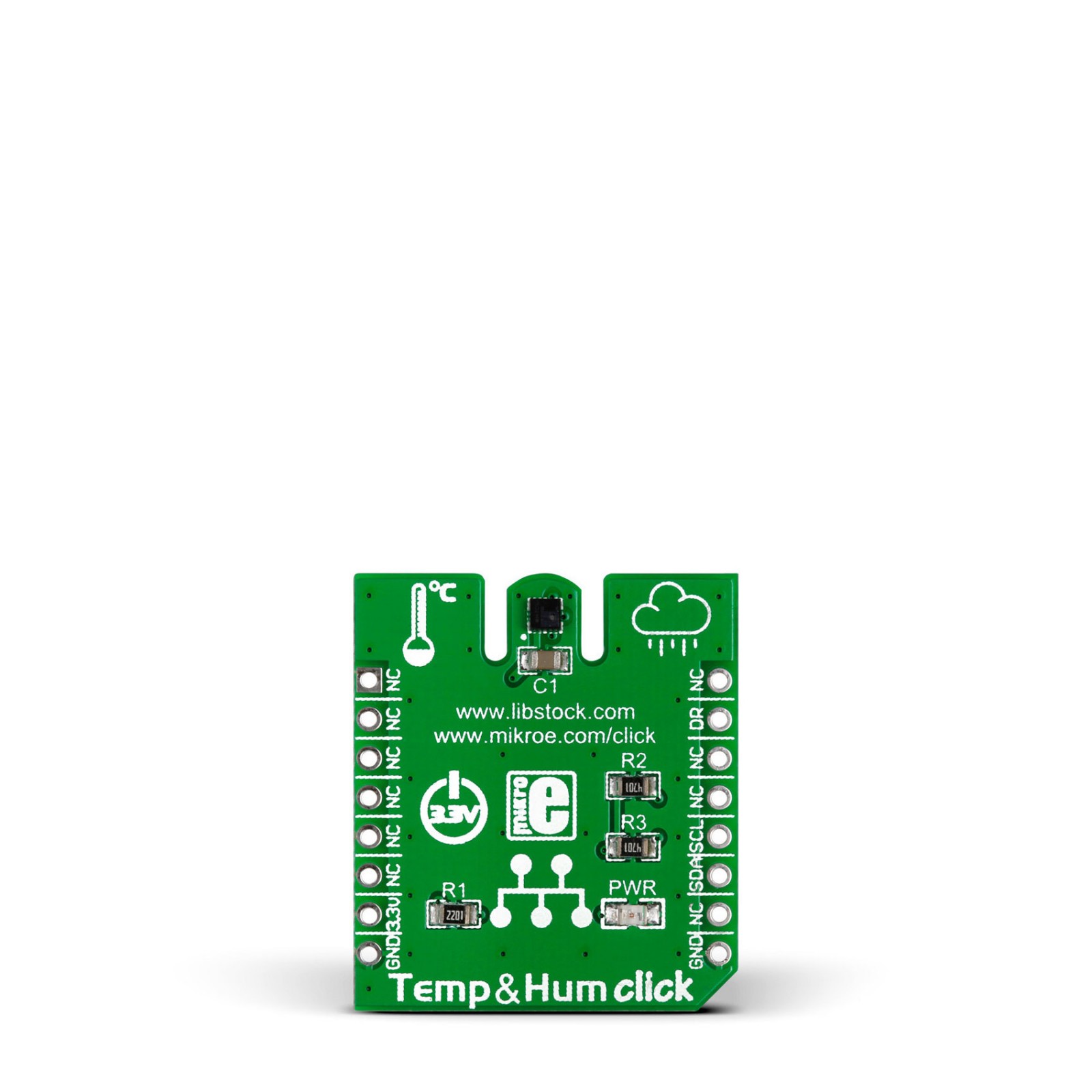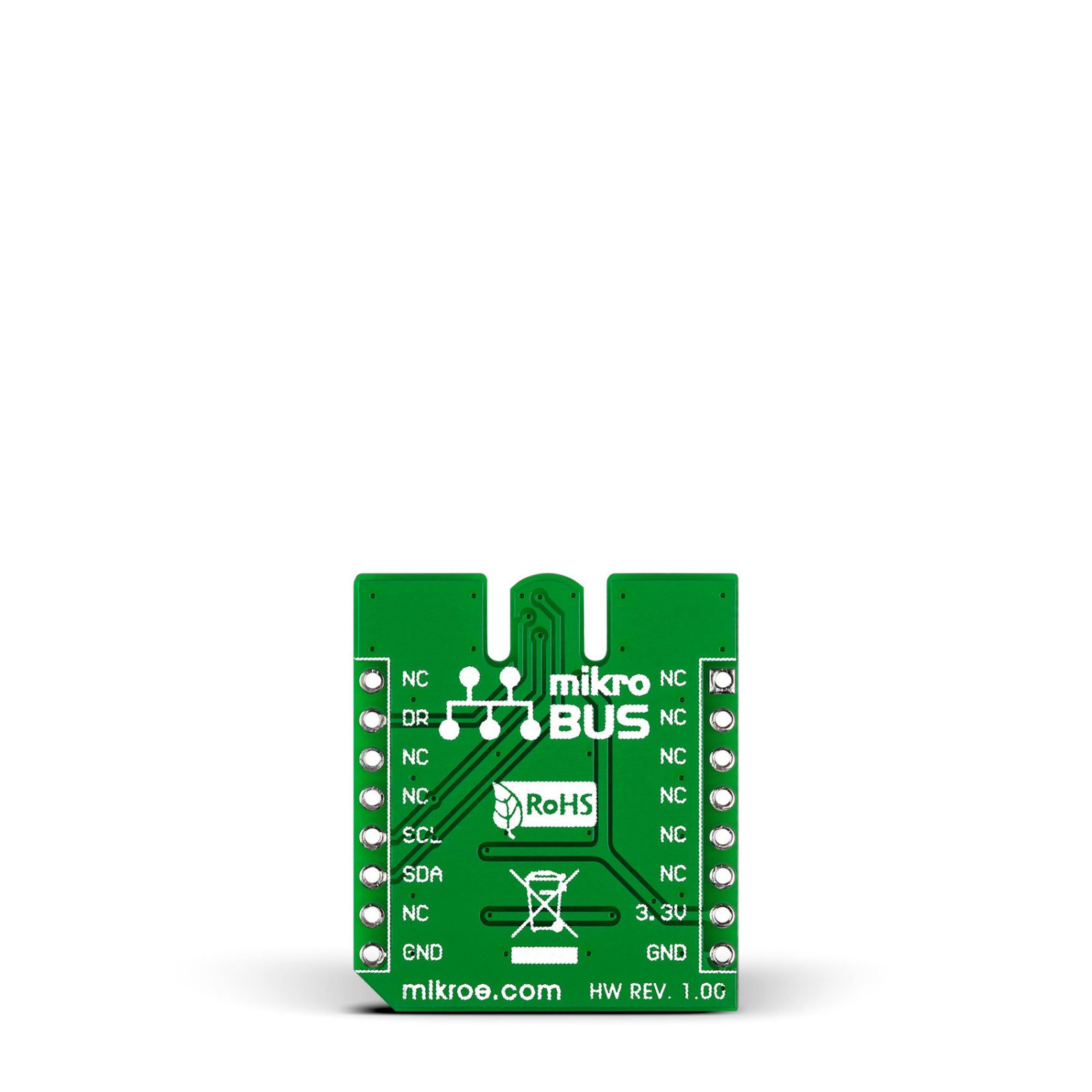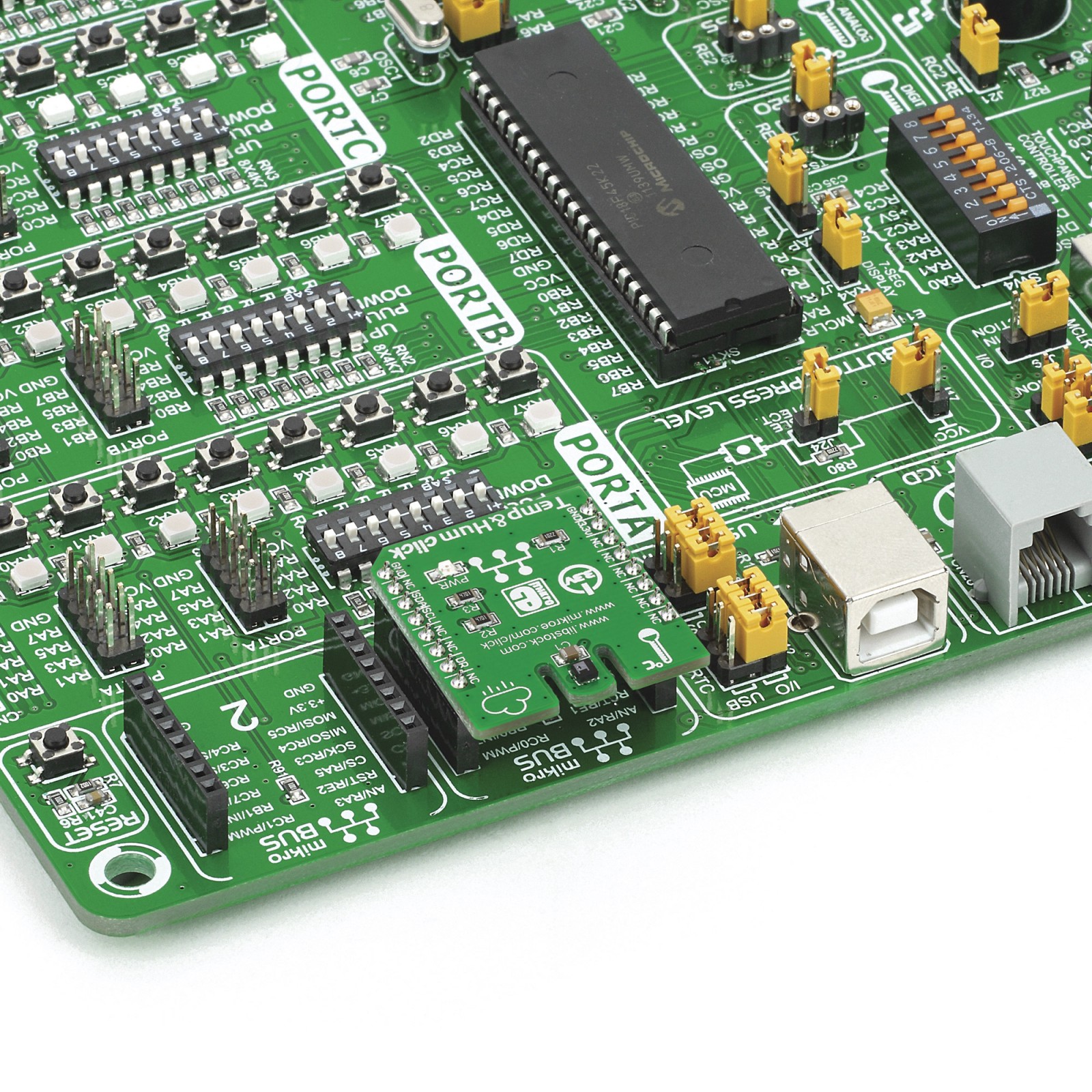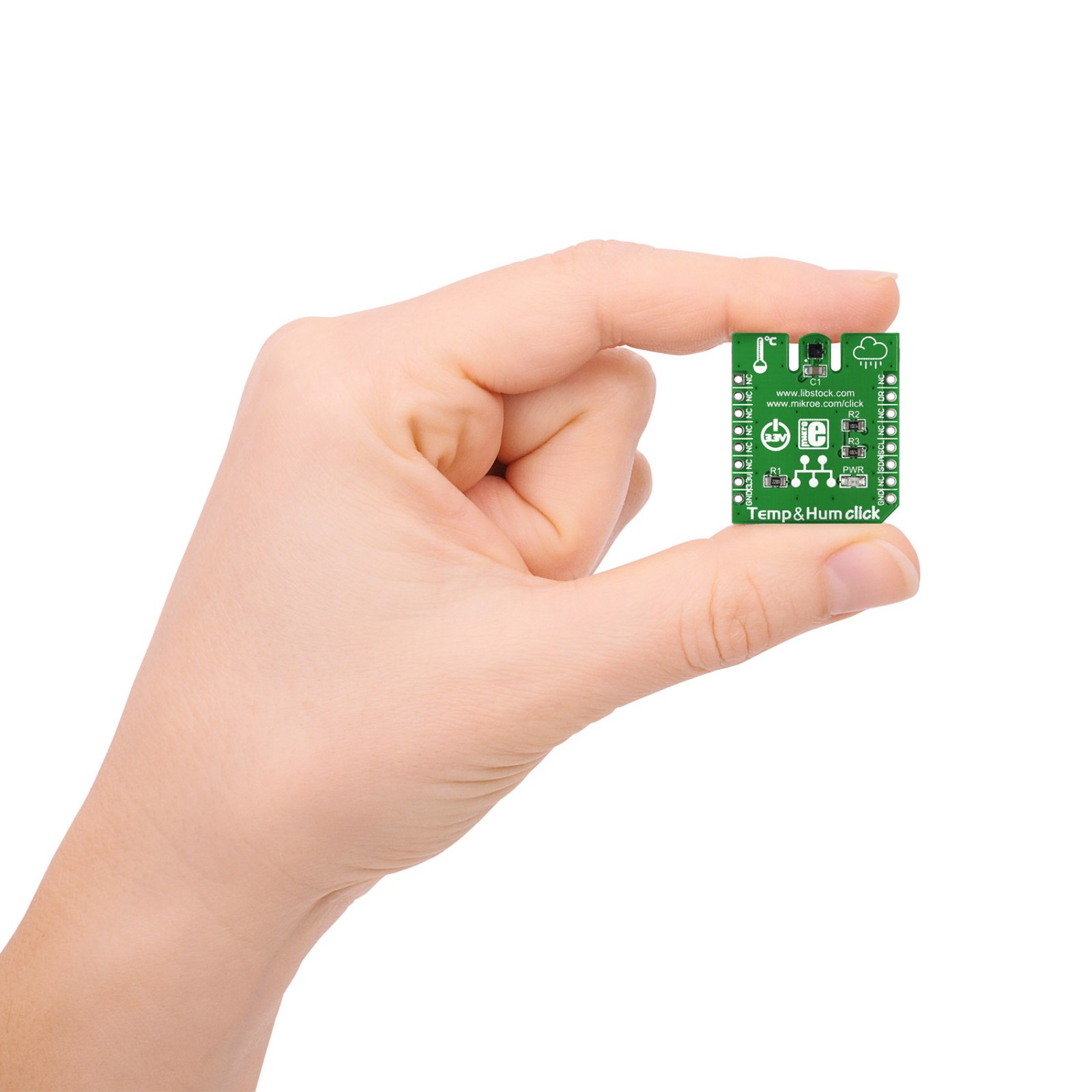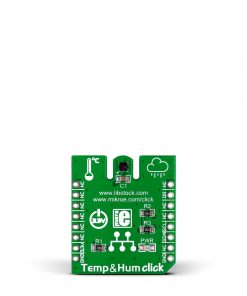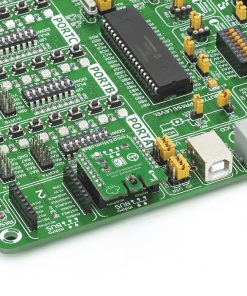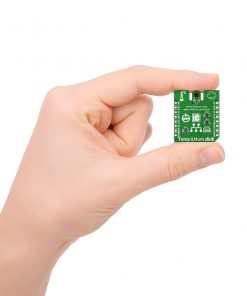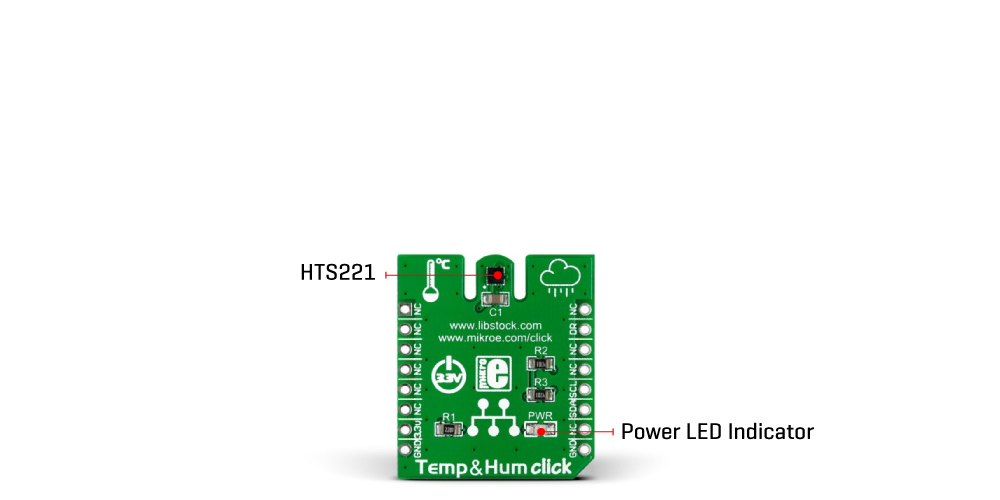Temp&Hum Click
R355.00 ex. VAT
Temp&Hum Click is a compact add-on board providing a temperature and humidity sensing solution. This board features the HTS221, a capacitive digital sensor for relative humidity and temperature measurements from STMicroelectronics. The HTS221 is characterized by its high accuracy (±3.5% RH and ±0.5°C over a wide operating temperature range) and high resolution, providing 16-bit data to the host controller with a configurable I2C interface. This Click board™ is perfectly suitable for various consumer applications such as air conditioning, ventilation and heating, smart home and industrial automation, and many more.
Temp&Hum Click is supported by a mikroSDK compliant library, which includes functions that simplify software development. This Click board™ comes as a fully tested product, ready to be used on a system equipped with the mikroBUS™ socket.
Stock: Lead-time applicable.
| 5+ | R337.25 |
| 10+ | R319.50 |
| 15+ | R301.75 |
| 20+ | R290.39 |

